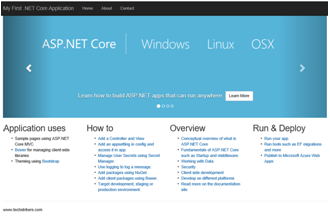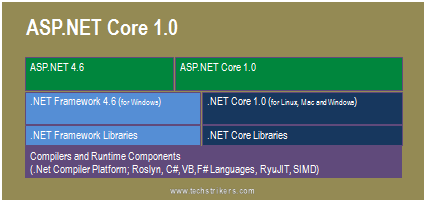C Programming Language

C is a high-level programming language that allows developers to write efficient and portable code. It provides low-level access to memory, making it suitable for system-level programming, embedded systems, and performance-critical applications. C has a rich set of built-in functions and operators, making it versatile for a wide range of programming tasks. Its syntax and concepts have influenced many other programming languages, making C a great starting point for learning programming.
Whether you're a beginner or have some programming experience, this guide will help you understand why C has become one of the most widely used programming languages.
Introduction to C Language
Provide a brief overview of the C programming language, its history, and its widespread adoption in various industries.
Efficiency and Performance
Explain how C's low-level features and direct memory access contribute to its efficiency and high-performance capabilities. Discuss the ability to optimize code and maximize resource utilization.
Portability and Compatibility
Highlight the portability of C code across different platforms and operating systems. Discuss the ability to write code that can be compiled and executed on various systems with minimal changes.
Low-Level Access and System Programming
Discuss C's ability to interact directly with hardware and memory, making it suitable for system-level programming, operating systems, and embedded systems development.
Large Standard Library and Community Support
Explain how C provides a robust and extensive standard library that offers a wide range of functions for various programming tasks. Discuss the active and supportive community of C developers, providing resources, libraries, and open-source projects.
Versatility and Applications
Highlight the versatility of C and its applications in different domains, including systems programming, embedded systems, game development, scientific computing, networking, and more. Discuss how C's flexibility allows developers to work on a wide range of projects.
Influence on Other Programming Languages
Discuss how the syntax, concepts, and features of C have influenced and served as the foundation for many other programming languages, such as C++, Java, C#, and Python. Explain the importance of understanding C as a stepping stone to learning other languages.
Usability of C Language
C language is widely regarded as one of the most influential and versatile programming languages. Its usability extends across various domains and applications, making it a popular choice among developers. Here are some key areas where C is commonly used:
Systems Programming:
C was originally designed for systems programming, where the development of operating systems, compilers, device drivers, and embedded systems takes place. Its low-level access to memory, efficient code execution, and direct hardware interaction make it an ideal language for developing software that operates close to the system's hardware.
Embedded Systems:
C is extensively used in embedded systems programming, where it plays a crucial role in controlling and managing electronic devices. The ability to write code that directly interacts with hardware components and the small memory footprint make C an excellent choice for programming microcontrollers, sensors, and other embedded devices.
Application Development:
C can be used for developing a wide range of applications, including desktop software, graphical user interfaces (GUI), and server-side programming. Its ability to handle low-level operations efficiently, along with its extensive libraries, allows developers to create robust and high-performance applications.
Game Development:
C has a long history in the field of game development. Many game engines and frameworks, such as Unity and Unreal Engine, provide C or C++ interfaces for performance-critical components of game development. The fine-grained control over memory and hardware resources offered by C makes it a preferred choice for building game engines and performance-sensitive game logic.
Compilers and Interpreters:
C is often used in the development of compilers, interpreters, and programming language implementations. Its ability to generate efficient and optimized code makes it suitable for building language processing tools. Additionally, many popular programming languages, including C++, Python, and Perl, have their implementations written in C.
Networking and Operating Systems:
C is widely used in networking applications, such as network protocols, network drivers, and server software. Its low-level access to network sockets and efficient memory management enable developers to build reliable and high-performance networking solutions. C is also the primary language for developing operating systems due to its close interaction with hardware and memory management capabilities.
Scientific and Numeric Computing:
C, along with libraries like the GNU Scientific Library (GSL) and Numerical Recipes, is used for scientific computing and numerical analysis tasks. Its ability to perform complex calculations, handle large datasets, and integrate with other scientific libraries makes it a preferred language in this domain.
The key reasons behind the popularity of C, emphasizing its efficiency, portability, low-level access, extensive library support, versatility, and influence on other languages. Encourage learners to continue exploring the language and its applications.









